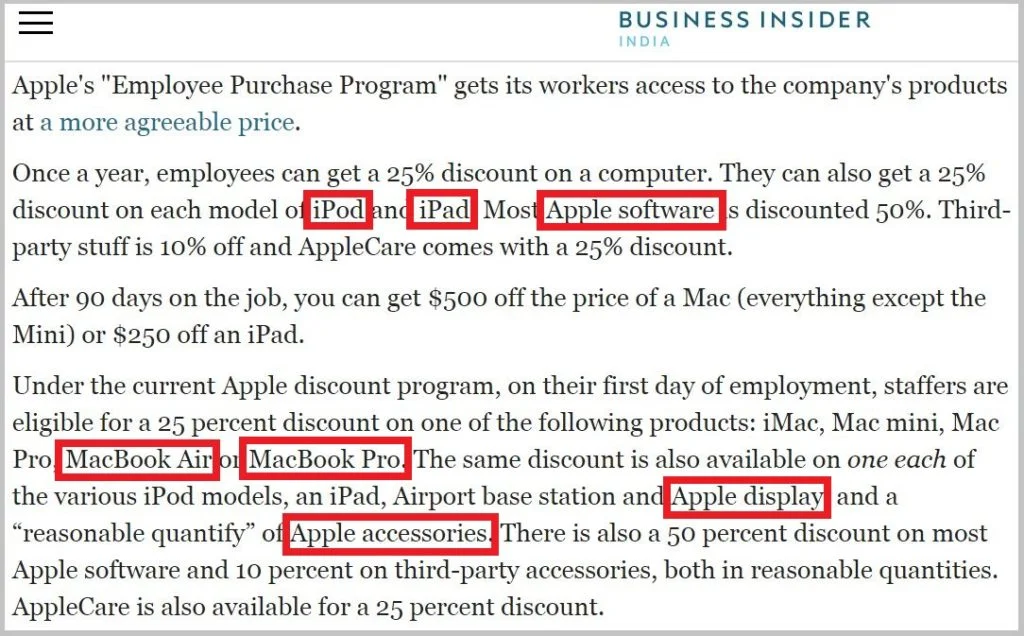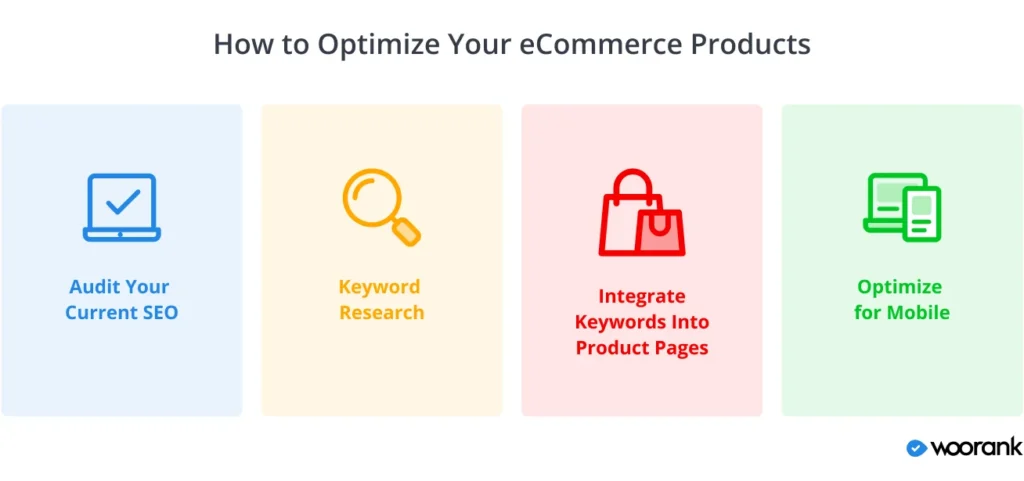A well-planned PPC (Pay-Per-Click) strategy can drive targeted traffic to your online store, increase conversions, and maximize sales. For eCommerce businesses, Google Ads, Facebook Ads, and remarketing campaigns play a crucial role in customer acquisition. Here’s how you can create a winning PPC strategy for your eCommerce store.
1. Define Your PPC Goals
✅ Increase website traffic
✅ Generate more product sales
✅ Improve return on ad spend (ROAS)
✅ Reduce cart abandonment rates
Your PPC goals should align with your overall business objectives. If your main focus is revenue generation, bidding strategies like Target ROAS or Maximize Conversion Value can be effective.
Optimize your PPC strategy here
2. Choose the Right PPC Platforms
Different platforms work for different types of eCommerce businesses.
Google Ads: Best for intent-driven searches with Google Shopping Ads and Search Ads
Facebook & Instagram Ads: Ideal for visual product promotions and remarketing
Microsoft Ads: A great alternative for capturing additional search traffic
3. Use High-Intent Keywords
✅ Target transactional keywords like “Buy [Product] Online” or “[Product] Sale”
✅ Optimize for long-tail keywords with lower competition and higher conversion rates
✅ Use Google’s Keyword Planner to identify high-performing search terms
Boost your keyword strategy here

4. Optimize Your Product Pages
PPC campaigns work best when they lead to well-optimized landing pages. Ensure that:
✅ Product images are high-quality and mobile-friendly
✅ Product descriptions are clear, SEO-optimized, and engaging
✅ Pricing, discounts, and CTA buttons are visible and compelling
Get expert help with website development

5. Set Up Google Shopping Ads
Google Shopping Ads are a must for eCommerce businesses.
✅ Create a Google Merchant Center account
✅ Upload an optimized product feed with accurate details
✅ Run Performance Max or Smart Shopping Campaigns for automated bidding
6. Leverage Retargeting & Remarketing
Most visitors don’t convert on the first visit. Retargeting helps bring them back.
✅ Use Dynamic Remarketing Ads to show personalized product ads
✅ Run Facebook Pixel & Google Ads Retargeting campaigns
✅ Target cart abandoners with special discounts
Enhance your remarketing strategy
7. Optimize Bidding & Budget Allocation
Choose the best bidding strategy based on your budget.
✅ Maximize Clicks for traffic generation
✅ Target ROAS for revenue-focused campaigns
✅ Manual CPC if you want full control over bidding
8. Monitor and Improve Your PPC Campaigns
✅ Track conversion rates using Google Analytics
✅ A/B test different ad copies, CTAs, and visuals
✅ Adjust bids based on device performance (mobile vs. desktop)
Conclusion
A well-executed PPC strategy for eCommerce businesses can significantly boost sales and revenue. Focus on high-intent keywords, Google Shopping Ads, and retargeting to maximize your ROI. Regularly analyze your performance and refine your campaigns for continuous improvement.
📞 Need expert PPC management? Contact us today!
📧 Email: Syed_66@hotmail.com
📞 Call: 0161 399 3517
🌐 Visit: Social Media Max
